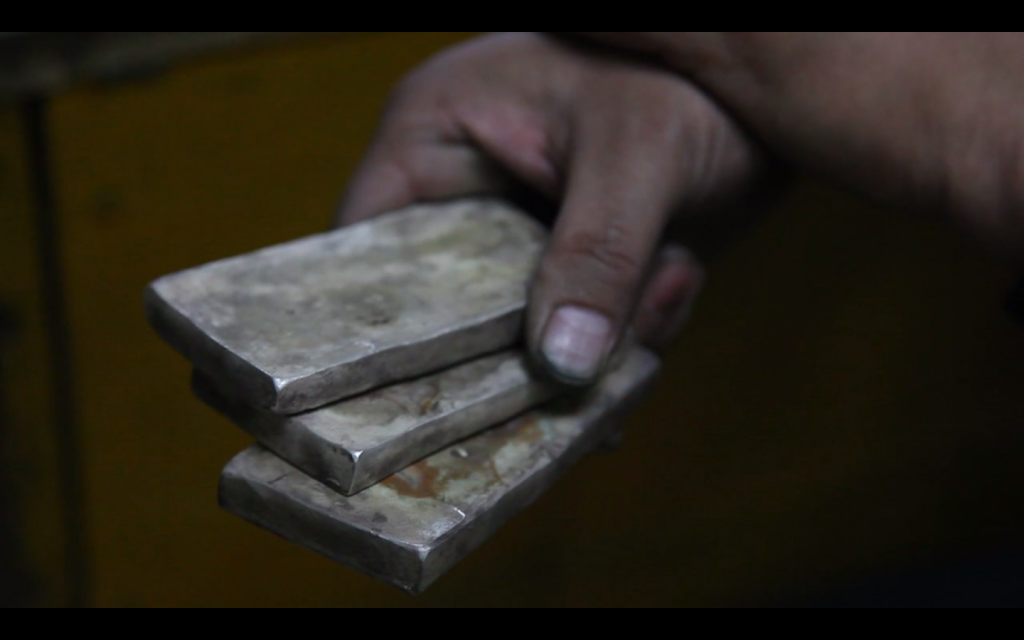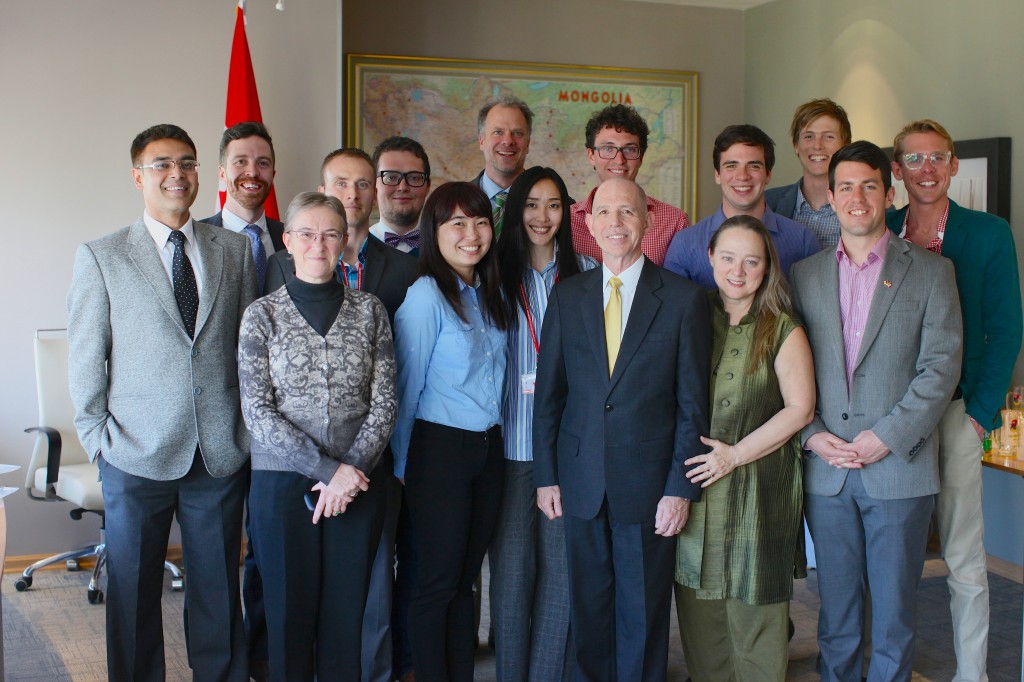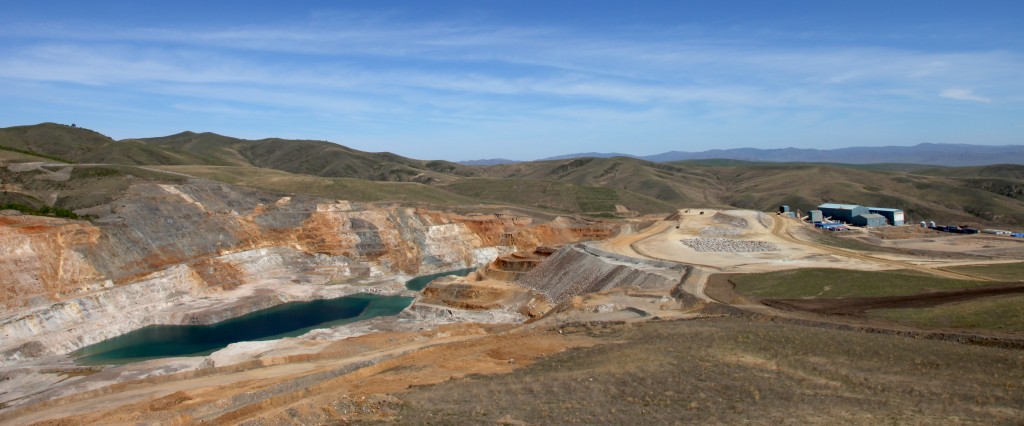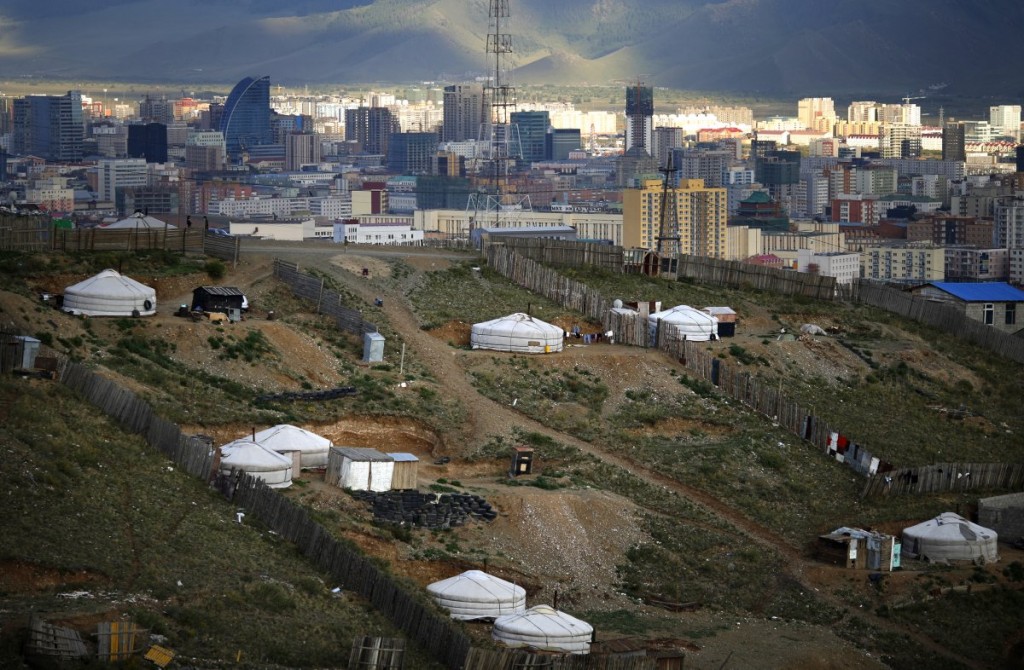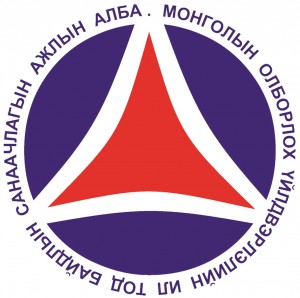Debbie Prasad, MAAPPS // Jan 12, 2015
The wait is over and the 2015 mining policy project in Mongolia has finally begun! As a part of this team, I am excited to have the opportunity to finally put the theories I have learned about policy, into practice. As a future potential policy maker, this type of project in which one gains experience in applying policymaking is invaluable.
In my opinion, in order to make successful policies, it is important for a policymaker to understand their audience. It is also important to be aware of the fact that one policy implementation in one region may not be applicable in another. The lanes and avenues of the regions of the globe are diverse, and it is important to realize what each of these lanes and avenues identify with the most. It may not necessarily be true that a mining policy that was successful in Azerbaijan, will have the same success in Mongolia. The quest is to ask, why this may be the case? I am a newcomer to the mining industry and to Mongolia, and thus I have many questions as I begin this venture. Having questions, and seeking to find answers to these questions will enable me to understand the mining industry, and more importantly, Mongolia.
My flurry of questions start with: what are some Mongolian cultural norms? What is it that Mongolians identify with the most? Like India, and the Philippines, do Mongolians also identify with idolizing Bollywood or jamming to Pinoy Music? What about their political views? What is the voter turnout in a Mongolian election? Wait- do they have elections? What are the population demographics? Is the population more urban or rural? How does the “average Joe” Mongolian feel about the mining industry in Mongolia? How deeply is an average Mongolian citizen involved in mining? So many questions, and so many answers that need to be searched for!
The most important question of all though, pertains to the weather app on my phone. Today at 9:00 am local Ulaanbataar time, the temperature was -27degrees Celsius, which begs the question…..do Mongolian homes, particularly in the province of Selenge have central heating???
